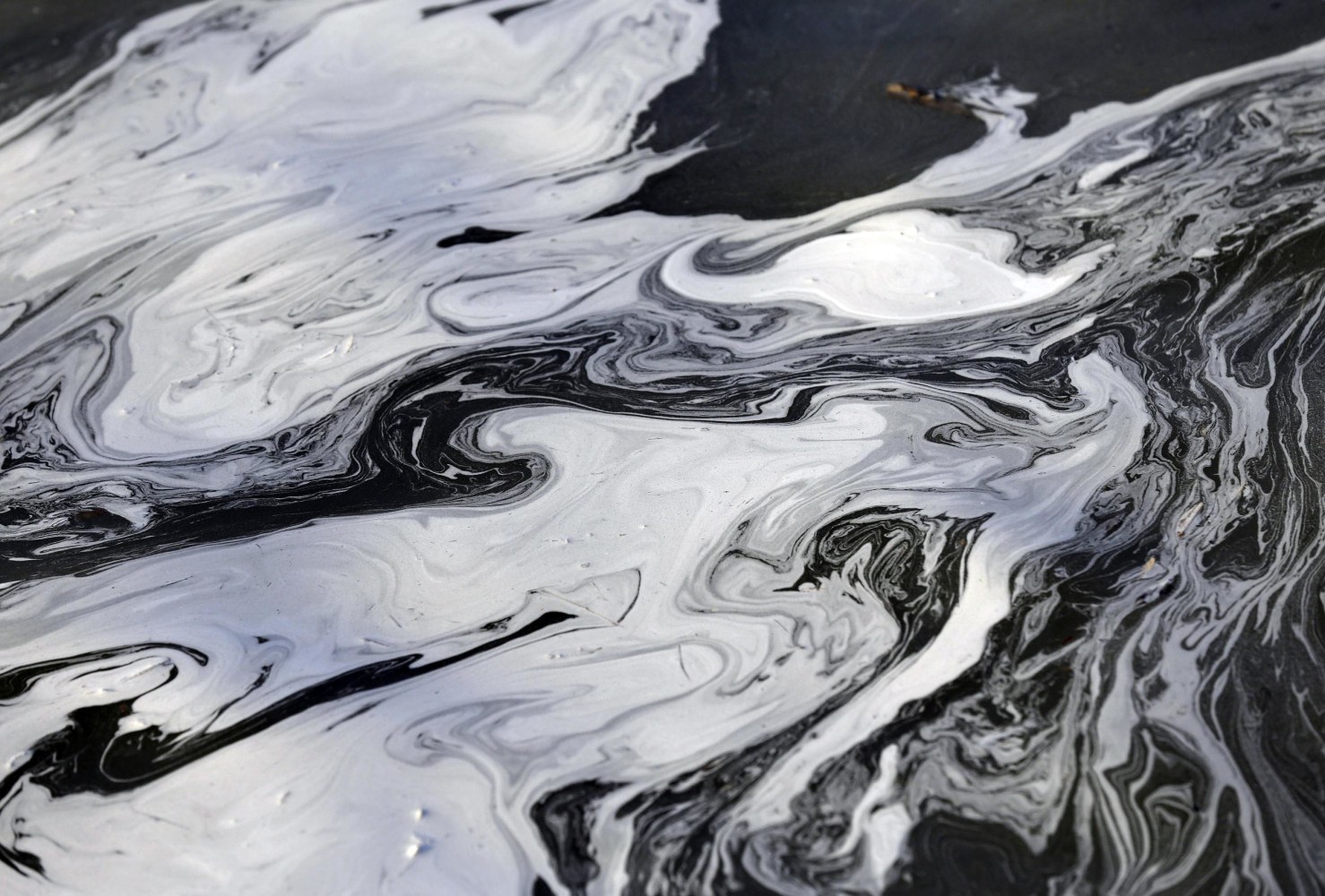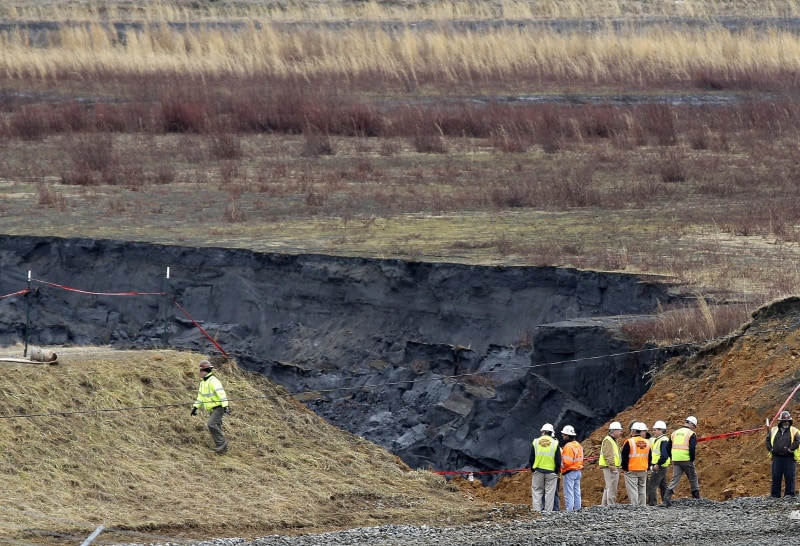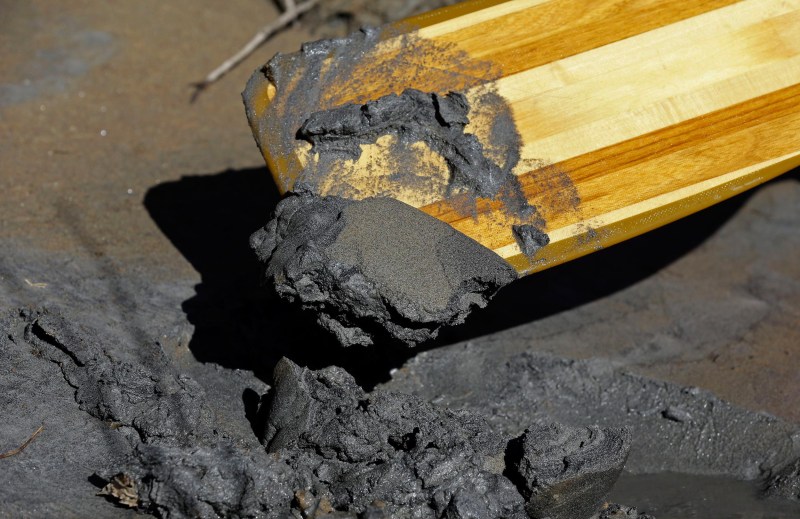Chemical spills
I am not sure if it was caused by any earth changes but there was an explosion in a chemical factory in South Korea and hence the gas leak of hydrofluoric acid which has affected crops, livestock and villagers near the plant. 5 people are dead so far and nearly 3,200 people have been treated for nausea, chest pain, rashes, sore eyes or sore throats after apparently inhaling toxic fumes. I would have thought that health and safety practices around these lethal toxic gases should be carefully managed at all times. Gas leaks should not have happened and yet it went undetected. This has proven to be a major disaster and yet it did not reach the main stream media. The local government did not evacuate the people in the city when the gas leak happened and they have failed to take any actions to help their people. I truly fear for their health and safety. Did this gas leak cause by land movements or earthquakes or purely human errors? I understand that these industrial disasters will continue to happen more often around the world as we head towards the end times. It would be unthinkable what the impact would be on earth if such disaster happens on a global scale which is very likely on the day of Pole Shift. Similar to nuclear radiation, Is there anything Zetas can do to minimize the environmental damages and the loss of lives from these toxic industrial chemicals?
http://www.breitbart.com/system/wire/CNG---d904d843baa98996116afd1f...
http://en.wikipedia.org/wiki/Hydrofluoric_acid
We, the Service-to-Other Zetas, have described what will happen to chemical spills during the hour of the Pole Shift. We’ve consistently stated that wave action along coastlines and the hurricane force winds and torrential waves will disburse spilled chemicals to greatly reduce their poisonous effects. As with preventing the Pole Shift itself, or saving the inhabitants of Earth en mass from trauma, this is forbidden by the rules as Earth is man’s 3rd density schoolhouse by which mankind is to have the opportunity to grow into the Service-to-Other orientation, helping their fellow man, rather than pleading for rescue.
If the Pole Shift itself will help cleanse industrial spills, by diluting them, what of the spills and explosions that might happen as a result of plate movement prior to the Pole Shift? This is an extension of the situation today, where the establishment is fraught with profiteering with an utter disregard for the health of the Earth or the common man. The elite assume they can live apart from the mess they have created, live safe in their wealthy enclaves, though they in truth are pissing in their own beds. We have advised the common man not to live near industrial facilities, though this is not always possible due to their poverty and need for jobs.
Comment
-
Comment by Starr DiGiacomo on October 22, 2016 at 5:29am
-
http://www.landlinemag.com/Story.aspx?StoryID=32173#.WArcNNzYIVR
Chemical mixture at Atchison, Kan., plant covers city with toxic gas.mcclatchy-embed{position:relative;padding:40px 0 56.25%;height:0;o... " target="_blank"><style>.mcclatchy-embed{position:relativ...Thousands of students in Atchison, Kan., were evacuated and residents were ordered to stay indoors after an inadvertent chemical mixture in a holding tank at a plant resulted in a large plume of gas covering a good portion of the city. More than 30 people were treated for minor injuries.
At approximately 8 a.m. on Friday, Oct. 21, sulfuric acid and sodium hypochlorite were mixed in a holding tank during a delivery at an MGP Ingredients plant in Atchison, Kan. As a result, a giant plume of toxic gas covered much of the city as winds caused the cloud to spread, according to City Manager Trey Cocking.
Thousands of students were evacuated from the middle school, high school and Benedictine College and residents were ordered to stay indoors and close all doors and windows. Students and residents were given the all-clear sometime around 11 a.m. as the gas dissipated.Approximately 34 people were treated with respiratory discomfort. Cocking said the gas did not impose any severe risks to nearby residents.
According to Cocking, the chemical mixture occurred during a delivery when chemicals were placed into the wrong holding tank. The chemical reaction caused a plume of gas, but no fires or explosions. Cocking said the MGP plant has been around since the 1940s and had an explosion 15 years ago and another smaller explosion within the past year.
As of press time, it was not clear whether or not a tanker truck and its driver were involved with the incident.
The Missouri Department of Transportation temporarily shut down U.S. 59 at Missouri Route 45 to cut off access to Atchison, but has since been reopened.
MGP “is a leading supplier of premium distilled spirits and specialty wheat proteins and starches,” according to its website. Headquartered in Atchison, the company was founded in 1941 and has approximately 320 employees.
-
Comment by Tracie Crespo on August 16, 2015 at 3:26am
-
www.rt.com/usa/312563-chemical-spill-indiana-terre-haute/
We can smell & taste acid’: Chemical spill confirmed in west Indiana
Published time: 16 Aug, 2015 00:07Edited time: 16 Aug, 2015 01:17An area near a chemical plant in the Vigo County city of Terre Haute, Indiana has been evacuated and cordoned off, as witnesses reported feeling chemicals burning their lungs and throats. Officials have confirmed a spill of sulfur dioxide.Vigo County Central Dispatch has confirmed that chemicals were spilt at 2400 Erie Canal Road in the southern part of the city. Officials have urged people to stay out of the area, and not to leave their houses if they live near the spill.
While initial reports suggested there had been a sulfuric acid spill in the area, firefighters told News 10 the chemical was in fact sulfur dioxide. Sulfur dioxide is a colorless gas with a suffocating odor, which can cause serious or permanent injury when inhaled.
Witnesses told the channel that they smelled and even tasted acid at the time of the leak. Some described a burning sensation in their lungs and throats.Many people attending the nearby Terre Haute Quarter Midget track reportedly fled while using clothes to cover their faces when they began to feel the effects.At least 20 people have been reportedly taken to a regional hospital. First responders dispatched to the leak have set up a large blue tarp to “wipe people down” at the scene.
Sulfur dioxide is used in chemical manufacturing, including the production of sulfuric acid, paper pulping, and metal processing. It is also used as a food preservative and even in the process of making wine.DETAILS TO FOLLOW
-
Comment by Tracie Crespo on February 6, 2014 at 4:58pm
-
An update from Starr's post regarding the Coal Power Plant in North Carolina
http://www.nbcnews.com/news/us-news/82-000-tons-coal-ash-spill-powe...
 Gerry Broome / APU.S. news82,000 Tons Of Coal Ash Spill From Power Plant Into N.C. RiverBy Alexander Smith
Gerry Broome / APU.S. news82,000 Tons Of Coal Ash Spill From Power Plant Into N.C. RiverBy Alexander SmithSome 82,000 tons of coal ash mixed with 27 million gallons of contaminated water — enough to fill more than 40 Olympic swimming pools — has leaked from a North Carolina power plant and is threatening water supplies across state lines.
Duke Energy, the United States' largest electricity provider which runs the plant, said Wednesday that hundreds of people using heavy equipment were working day and night to try to solve the situation.
But the company's statement did not provide a timetable for when the leak will be fixed. And regulators are still trying work out if the ash, which can contain toxic chemicals, including lead, arsenic, mercury and radioactive uranium, is a hazard to people or wildlife, The Associated Press reported Thursday.
Amy Adams, North Carolina campaign coordinator with environmental organization Appalachian Voices, shows her hand covered with wet coal ash from the Dan River. Gerry Broome / AP
Gerry Broome / AP
The coal ash was being stored in a waste pond at the Eden, N.C., power plant, but it started flowing into the Dan River on Sunday when a storm-water pipe running under the pond began to leak.
Brian Williams, a program manager with the Dan River Basin Association, told the AP he is worried that the extent of the damage might not be understood for years.
"How do you clean this up?" he told the news agency. "Dredge the whole river bottom for miles? You can't clean this up. It's going to go up the food chain ... Everything in the ecosystem of a river is connected."
Duke Energy engineers survey the site of the coal ash spill. Gerry Broome / AP
Gerry Broome / AP
Duke Energy said results downstream showed the water supply remained safe and that it was "exploring multiple options to permanently and safely seal" the pipe.
Across the state line, in Danville, Va., officials told the AP they are successfully filtering out contaminates in the drinking water for their city of 43,000. And Virginia Beach has stopped drawing its water from Lake Gaston, a major reservoir fed by the Dan.
 Gerry Broome / APCoal ash is scooped up on a canoe paddle from the bank of the Dan River.
Gerry Broome / APCoal ash is scooped up on a canoe paddle from the bank of the Dan River.
-
Comment by Starr DiGiacomo on February 5, 2014 at 3:44am
-
http://grist.org/news/coal-plant-accident-spews-coal-ash-into-north...
Coal plant accident spews coal ash into North Carolina river
By John Upton
 Duke EnergyThe Dan River Steam Station during less spilly times.
Duke EnergyThe Dan River Steam Station during less spilly times.Retiring a coal power plant in North Carolina wasn’t enough to prevent it from f-ing up the environment.
Tens of thousands of tons of coal ash and tens of millions of gallons of polluted water have burst out of Duke Energy’s shuttered Dan River Steam Station, severely soiling the Dan River — a waterway popular with hikers, campers, fishing folks, and recreational boaters. The pollution can be seen miles downstream.
The power plant operated from 1949 until 2012, and the coal ash being stored on site was residue left behind after coal was burned. Coal ash contains poisonous heavy metals including arsenic, mercury, and lead. A state agency and environmentalists have been suing Duke in an effort to force it to clear out 14 such coal-ash dump sites across the state, including the one that just ruptured.
But Duke insisted that its dump sites were safe. Just last month, Duke spokeswoman Erin Culbert told the Asheville Citizen-Times that the utility was monitoring groundwater around its coal-ash storage sites to ensure that its neighbors are protected. She rejected environmentalists’ calls for the coal-ash ponds to be cleaned up. “[S]pecial interest groups rely on emotion, not facts, to advance their mission to phase out coal,” Culbert told the newspaper.
It gets worse.
“We are confident,” Duke’s general manager at the power plant told the EPA in a 2009 letter, “that each of our ash basin dams has the structural integrity necessary to protect the public and the environment.”
We sure hope it felt nice to be so confident about that.
Specifics on the spill are still hard to come by, but it appears that a 48-inch stormwater pipe burst at the power plant, releasing enough ash from a 27-acre storage pond to fill 20 or 30 Olympic-sized swimming pools. According to company estimates, 50,000 to 82,000 tons of ash flowed into the river, along with 24 million to 27 million gallons of tainted water.
The pipe gave way on Sunday, and the company is being criticized for waiting until Monday to tell anybody about the disaster.
Cue inevitable statements from environmentalists about Duke’s utter irresponsibility in allowing this disaster to happen. From the Charlotte Business Journal:
“This is the latest, loudest alarm bell yet that Duke should not be storing coal ash in antiquated pits near our state’s waterways,” says Frank Holleman, an attorney for the Southern Environmental Law Center.
He noted that two South Carolina utilities have taken steps to remove coal ash from earthen ponds and called Duke “grossly negligent” for not doing the same.
It’s not like this is the first time such a disaster has happened. After more than a million gallons of coal-ash slurry escaped from a Tennessee Valley Authority power plant in late 2008, the EPA vowed to craft new regulations to help prevent such disasters from happening again. We’re still waiting for those promised regulations.
Source
- Coal ash spills into Dan River from closed Duke Energy plant, Charlotte Business Journal
- Broken pipe spills coal ash in Dan River near Eden Read more here, The Associated Press
- Groups seek to join Duke coal ash lawsuits, Asheville Citizen Times
- Update on Dan River Steam Station ash basin release, Duke Energy
-
Comment by Starr DiGiacomo on March 1, 2013 at 5:05pm
-
http://hisz.rsoe.hu/alertmap/site/?pageid=event_desc&edis_id=HZ...
HAZMAT in Russia [Asia] on Friday, 01 March, 2013 at 12:05 (12:05 PM) UTC.
Description Thirty people were injured in a chemical leak in the Perm region on Friday, with 27 of them hospitalized, the Emergency Situations Ministry told Interfax. A chlorine leak occurred at the "Soda-Chlorate" chemical plant around 6:30 a.m. in the city of Berezniki in central Russia, approximately 1,500 kilometers east of Moscow. No fatalities have been reported so far, but doctors have warned those that were at the scene to seek medical attention. According to Georgy Livanov, St. Petersburg's top toxicologist, the most serious effects of exposure to chlorine include asthma and irritation of the eyes. Preliminary reports say the cause of the leak was a technical malfunction caused by a frozen valve. This is the second such incident in the area in the past six months. Late last year, three people were killed and 21 hospitalized in a similar chlorine leak at a chemical plant near the city.
SEARCH PS Ning or Zetatalk
This free script provided by
JavaScript Kit
Donate
© 2024 Created by 0nin2migqvl32.
Powered by
![]()
You need to be a member of Earth Changes and the Pole Shift to add comments!
Join Earth Changes and the Pole Shift